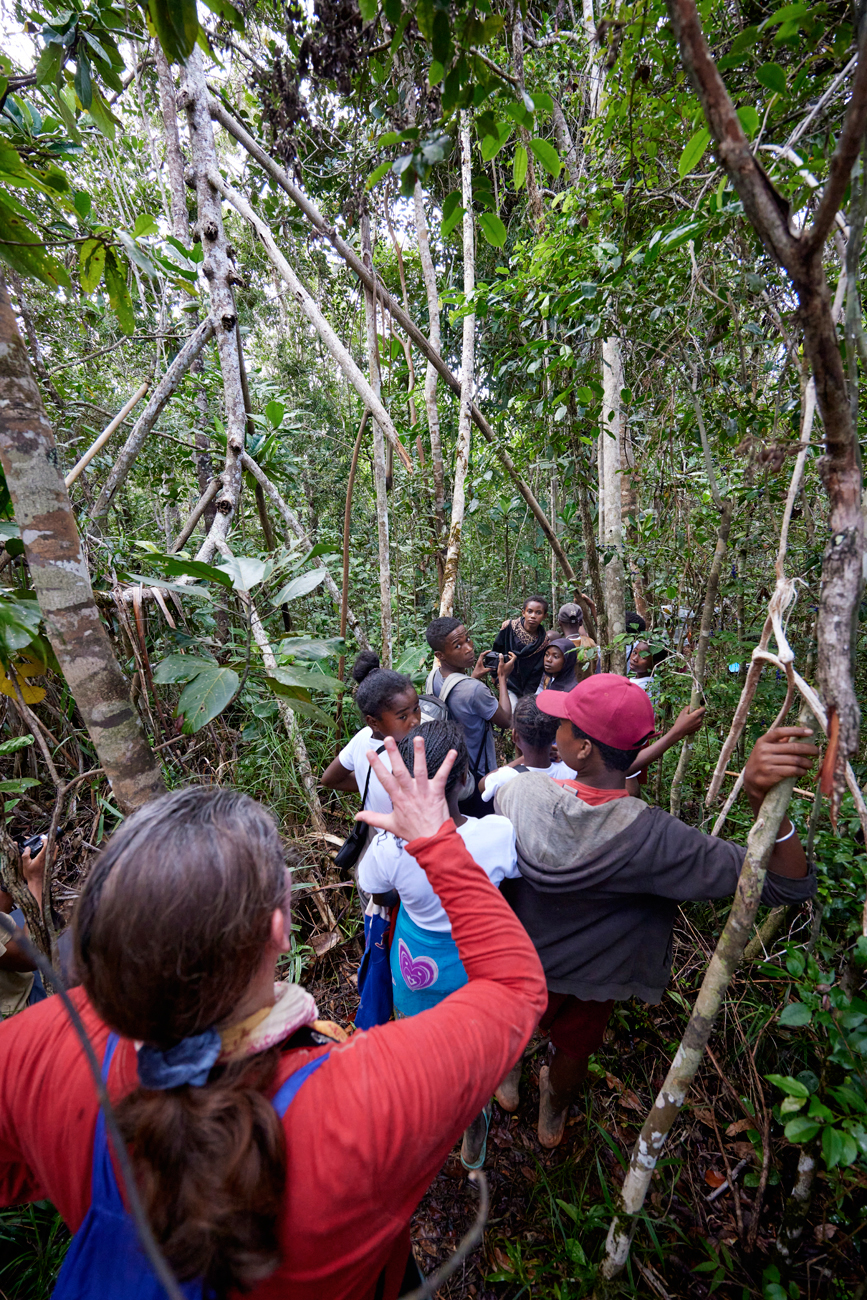Mission Madagascar with Helpsimus : confronting with the field - Part I
« I'm heading to Madagascar to join Delphine Roullet, founder of Helpsimus, for a new field mission on the Bamboo Lemur program she's been developing a few dozen kilometers from Ranomafana National Park. This program has been financially supported by the Zoo de La Palmyre and Palmyre Conservation for over 10 years. Despite being located near the national park and being home to many lemurs, the program's area of operation lacks any official protection and is situated in the heart of agricultural lands actively cultivated for rice production, among other things. Nevertheless, it is home to many lemurs, including the Critically endangered Greater bamboo lemur as well as the Red-bellied lemur and the Ranomafana Bamboo lemur, both classified as "Vulnerable".
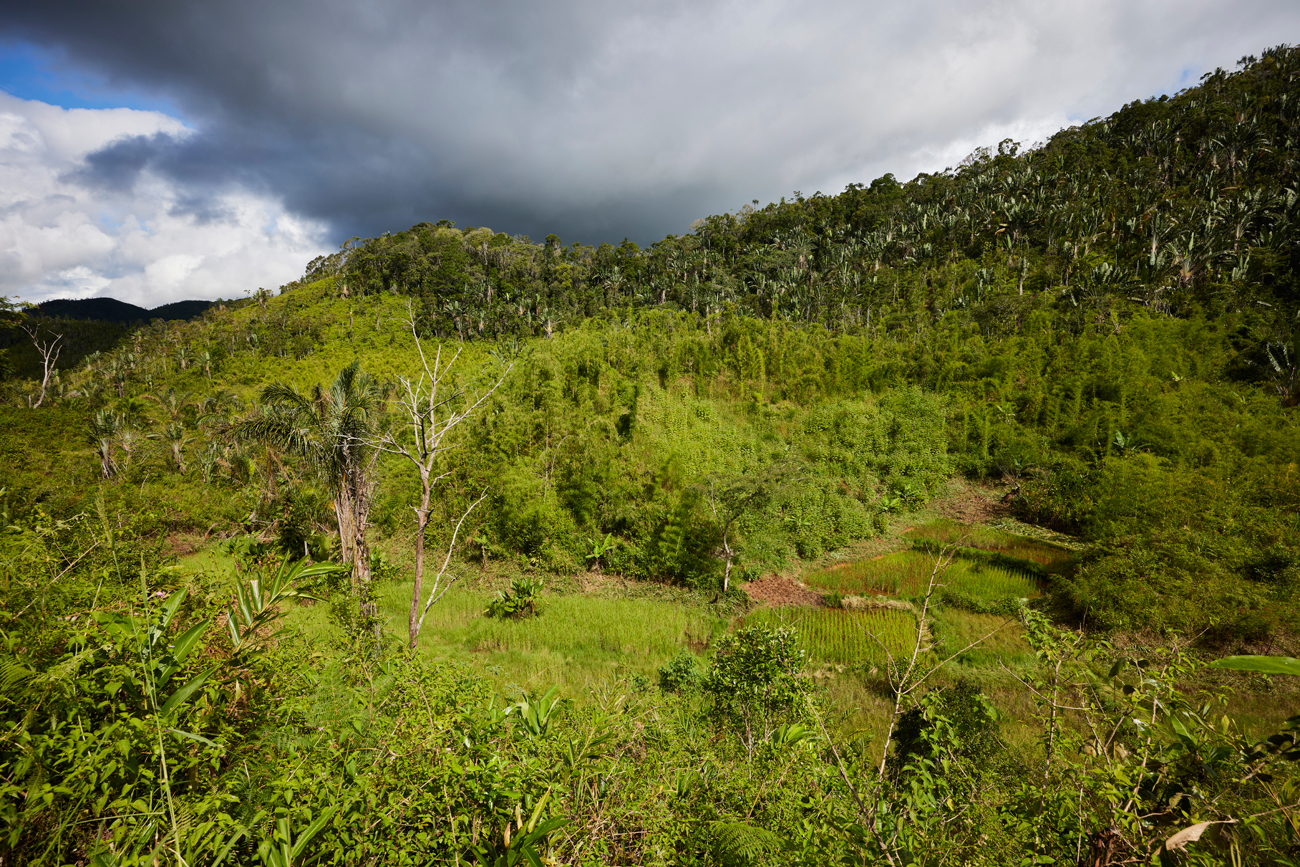
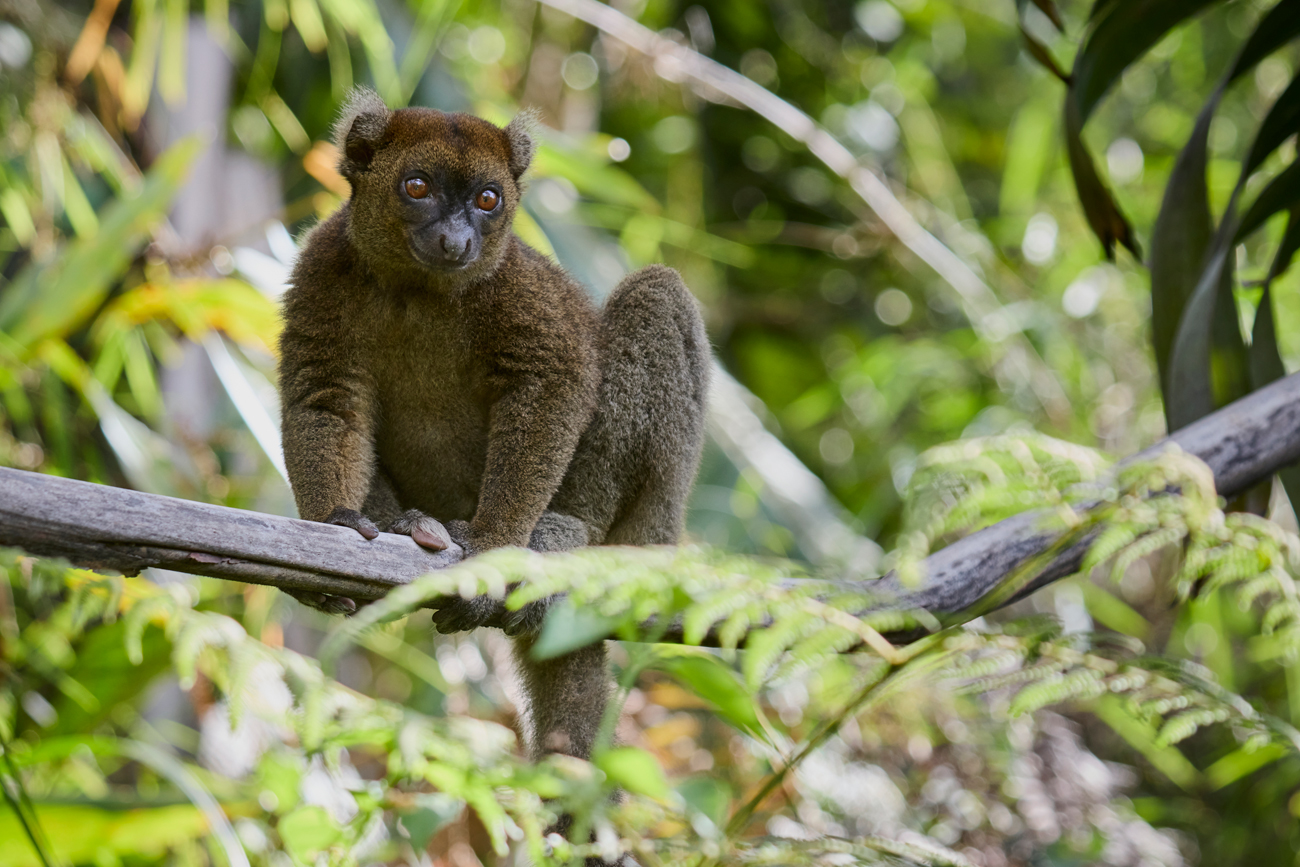
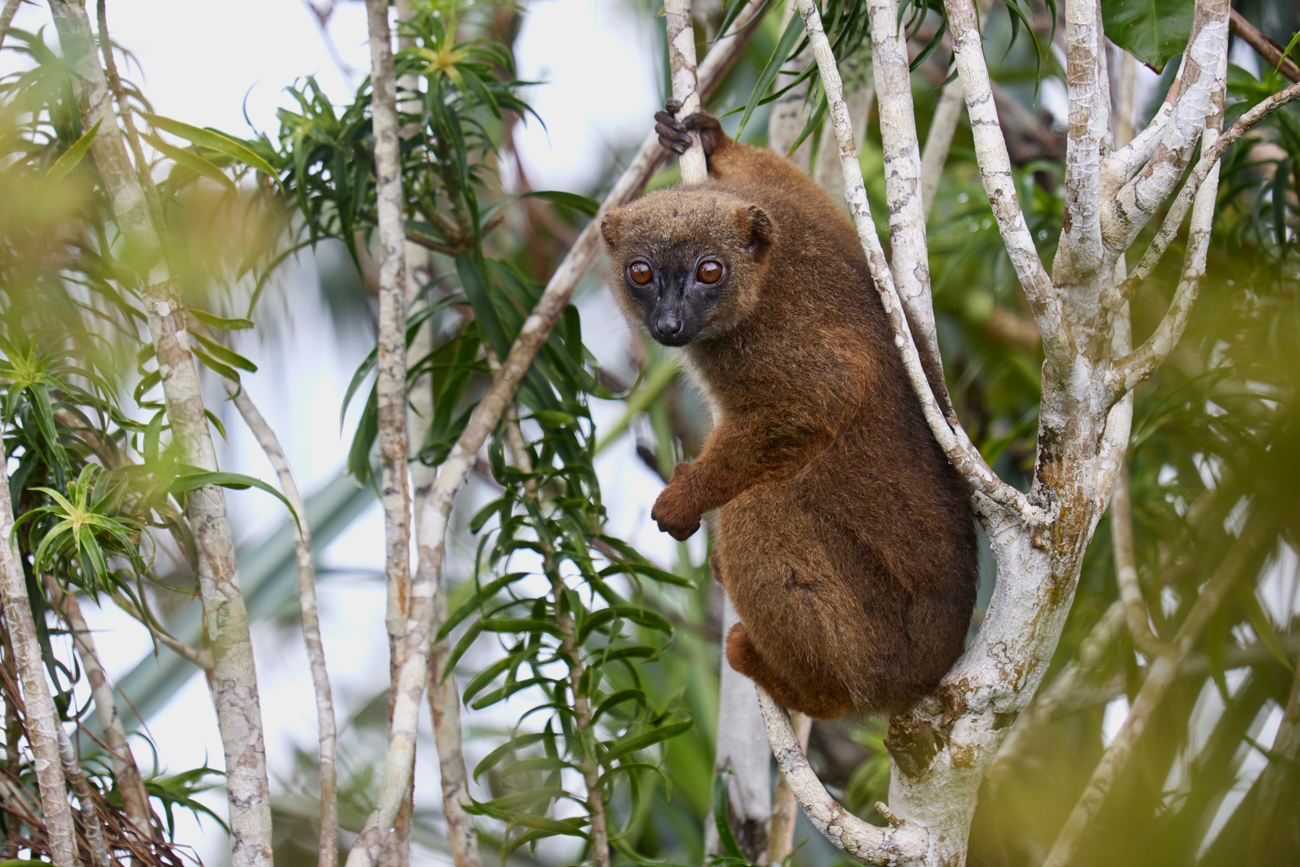
The objectives of my on-the-spot mission? To assist with the operational launch of the Simus School, a facility dedicated to environmental education and built in one of the program's partner villages, evaluate environmental educators while they’re organizing activities with children, identify both the needs of the school and those of the educators, and finally, participate in the training of the touristic guides as part of the ecotourism project's development
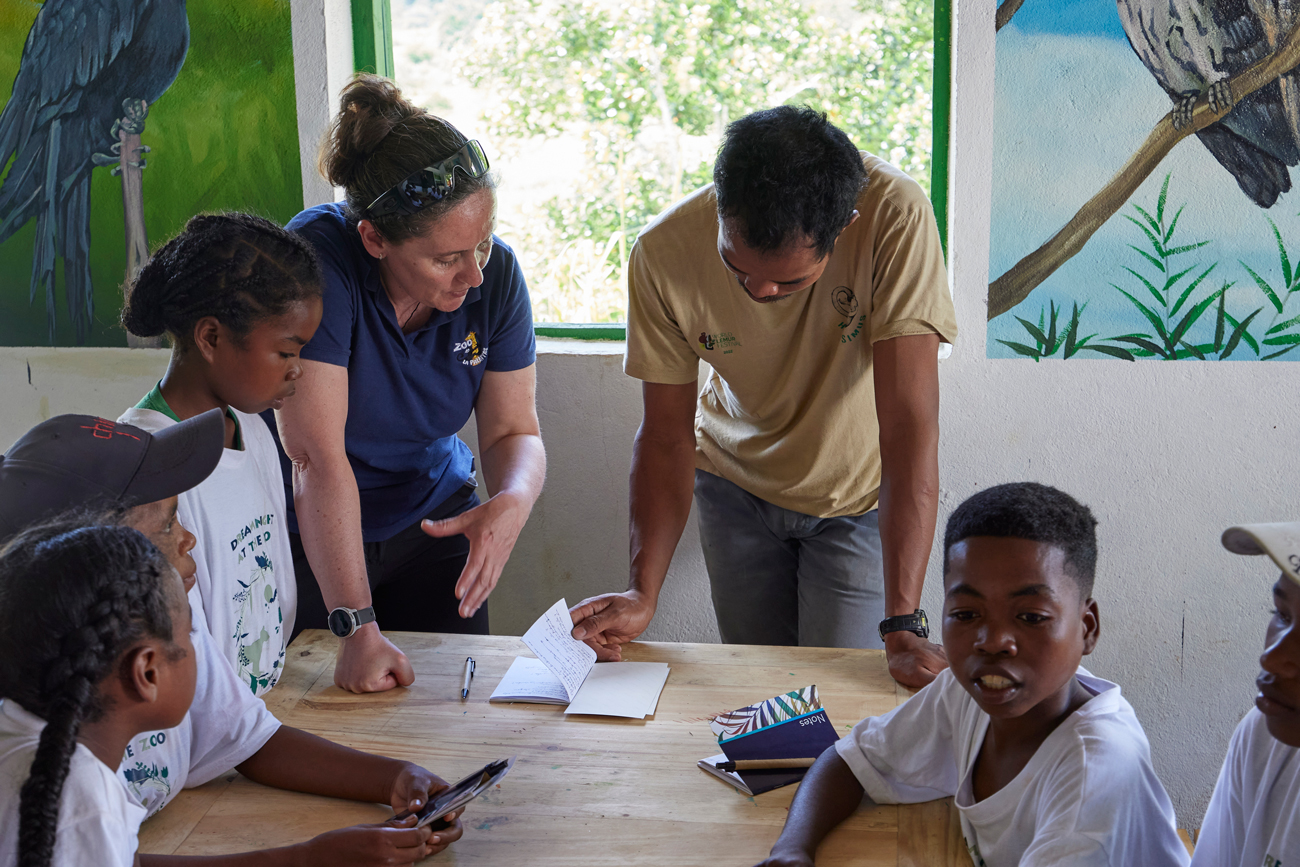
After a 2-day travel, including an 11-hour long-haul flight, I am finally back in the southeast of Madagascar, in the small thermal town of Ranomafana where I meet Delphine. Since my last visit, the road conditions on the country's national roads have deteriorated significantly: due to lack of maintenance, potholes are widespread and prevent us from exceeding 30 km/h in certain sections for dozens of kilometers. It now takes 13 hours to cover the 400km that separate Ranomafana from the capital. And the journey is not over yet! We then have to drive for an additional half-hour before taking the dirt track that leads to the program's two main camps. But this year the persistent rainy season prevent us to access the base camp by car due to the mud and deep ruts created by overloaded trucks that regularly use the track. Only motorcycles can cover the final kilometers and will be used to transport all the equipment. As for me, I walk the last 4 kilometers under stifling heat before reaching Sahofika’s camp, where I will spend the next 10 days.
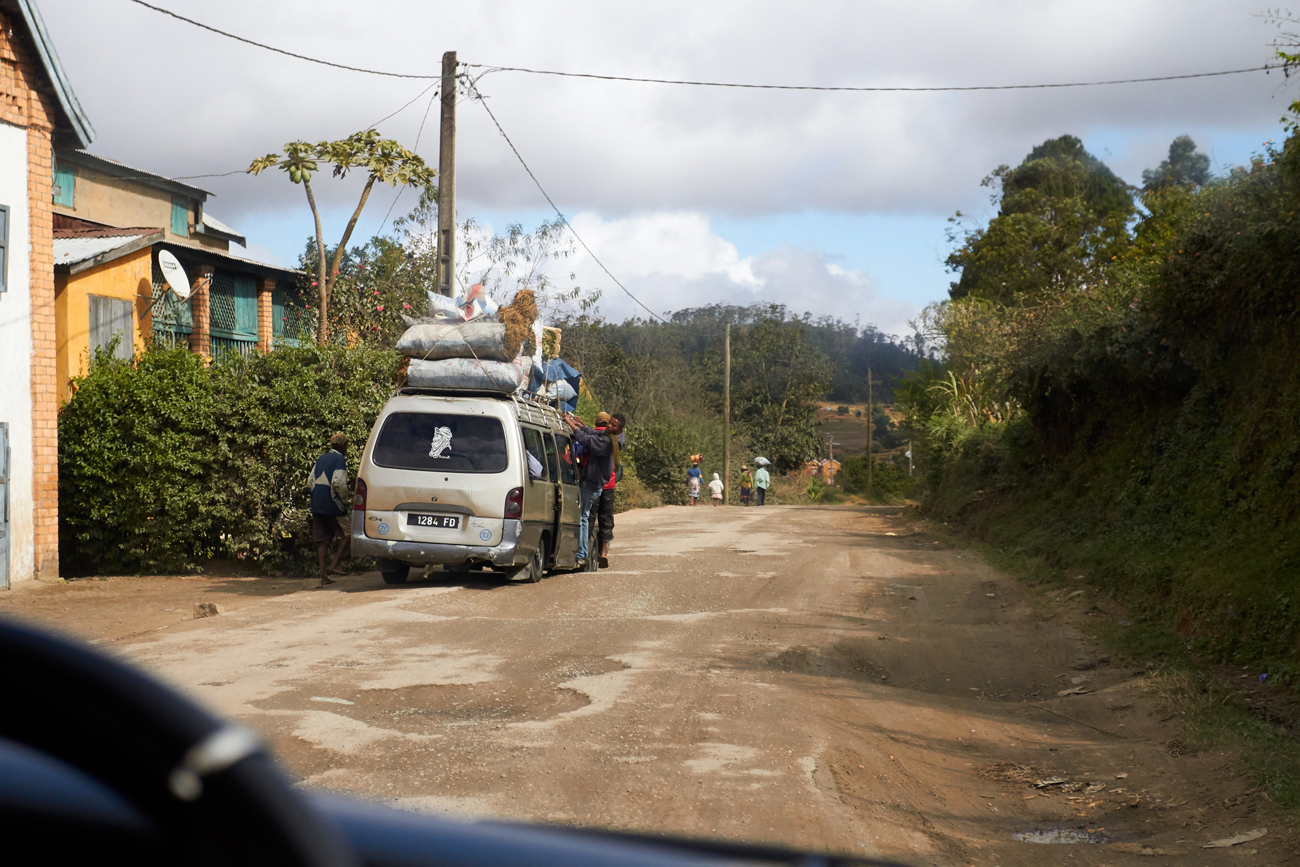
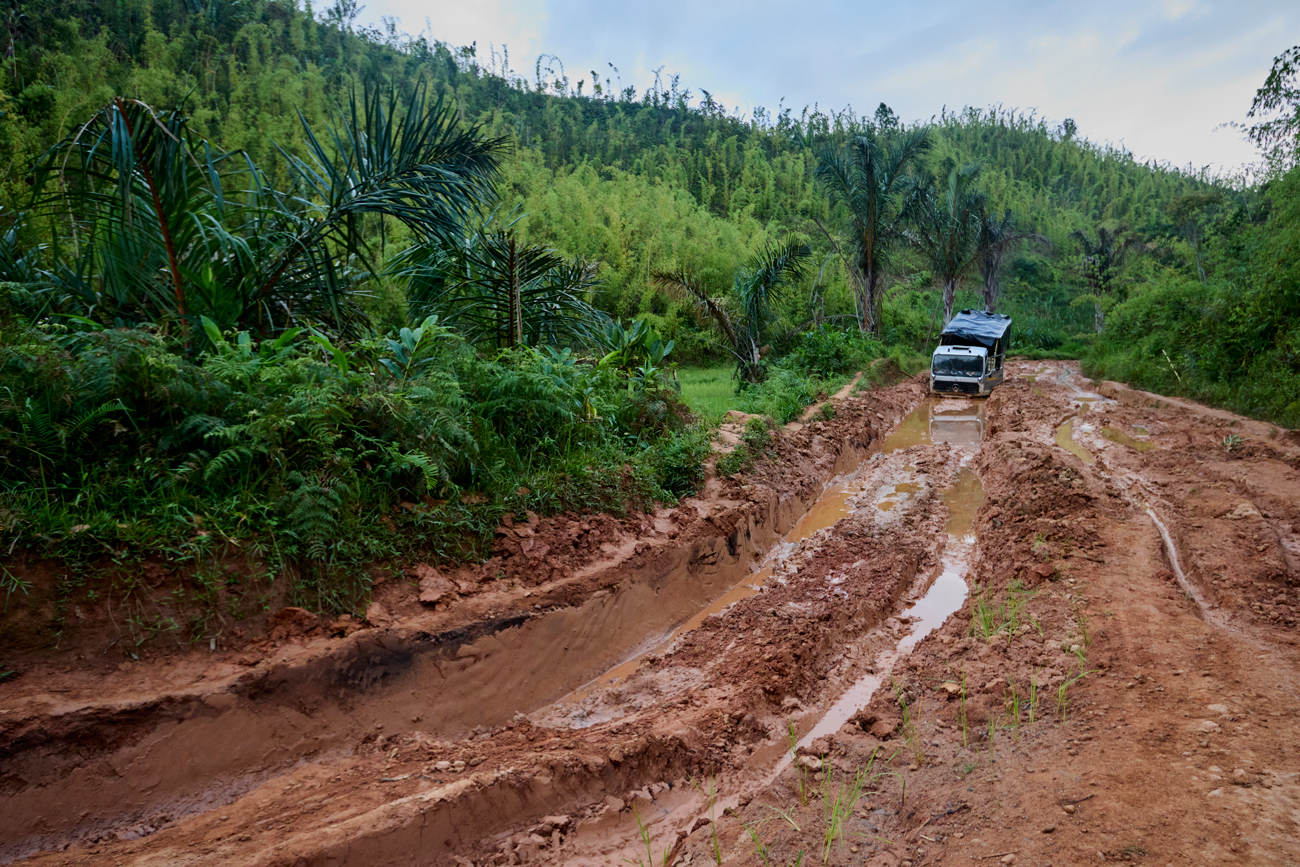
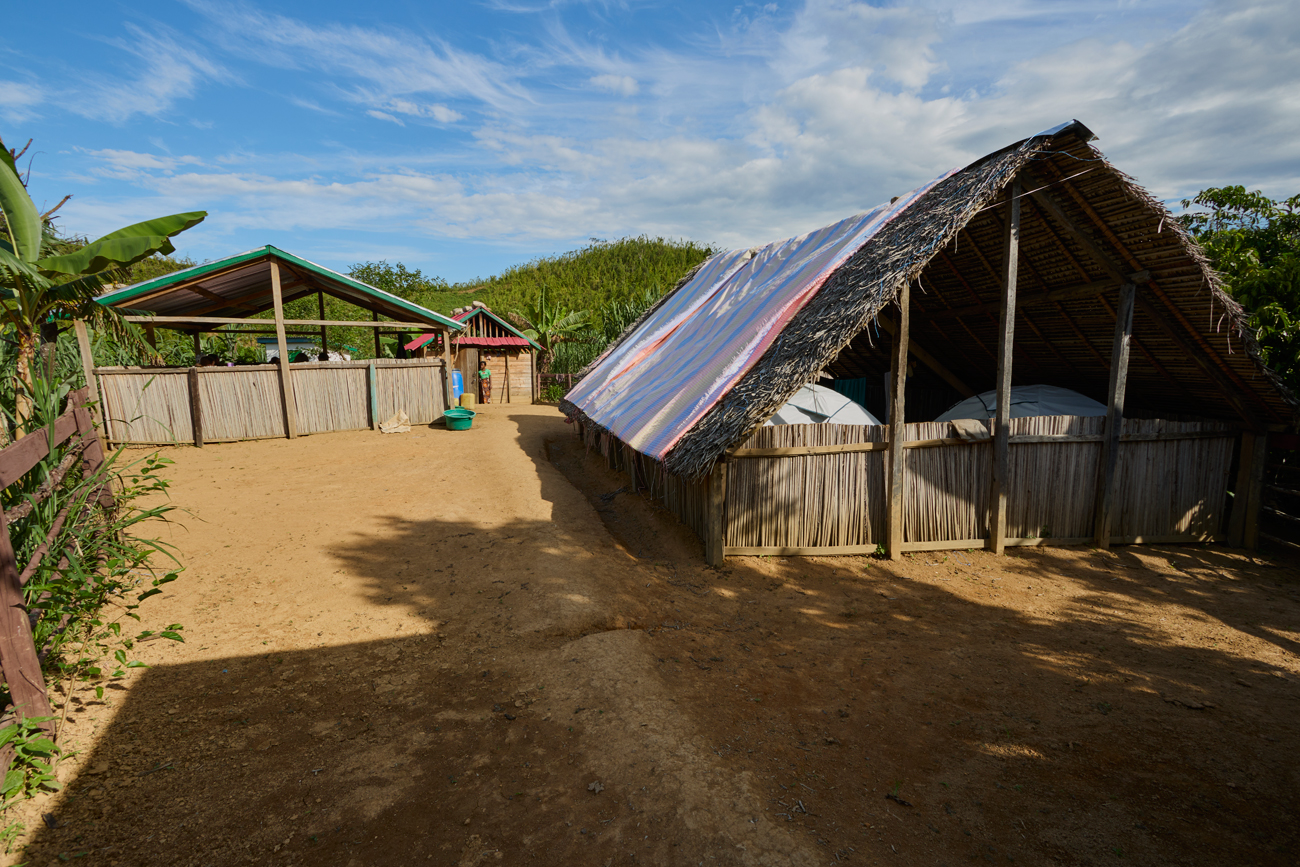
The days ahead promise to be well filled: working sessions with the environmental educators, the touristic guides and the program director; evaluation of the school trips organized at the Simus School by the association; visits to the forest to observe the lemur groups monitored by Helpsimus; taking pictures and videos for the communication of Palmyre Conservation. In summary, no time to get bored! And all of this under overwhelming heat and humidity that make forest walks and on-site work sessions very challenging.
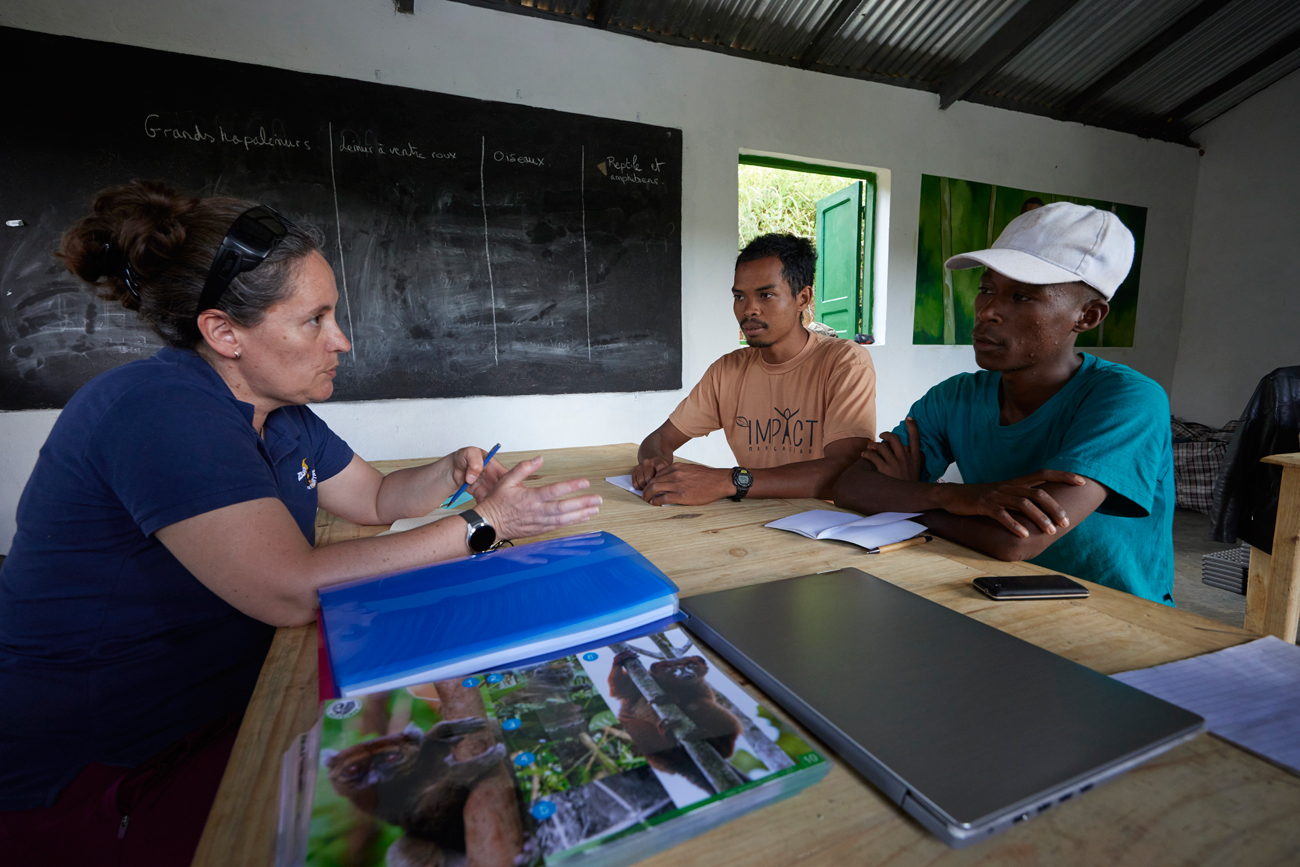
© S. Meys
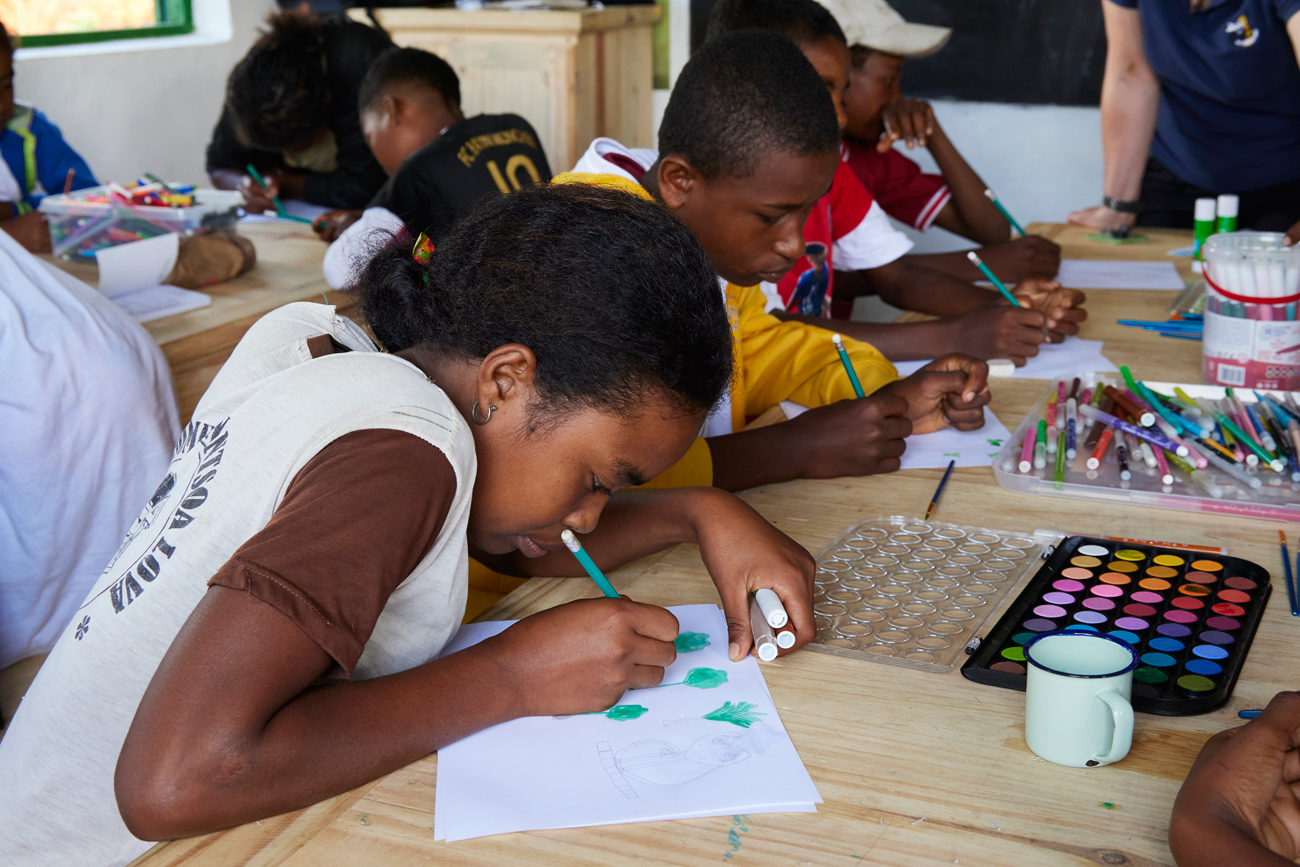
© S. Meys
As the person responsible for managing in situ conservation partnerships at La Palmyre Zoo, and despite these complicated conditions, I think it’s important to go to the field and visit the programs supported by our endowment fund Palmyre Conservation. Firstly, because it allows me to meet the local teams responsible for implementing the association's activities and better understand the actions carried out on-site, but also to get a better grasp of the successes achieved and the difficulties encountered. Regarding environmental education, I can support more effectively the association in the development of its educational projects and better adapt the educational material I design to its users, namely the environmental educators and the children attending school in the partnering villages. The reality on the ground is often very different from ours and the way we conduct our scientific outreach and education activities within zoological parks. This is due not only to cultural differences but also to differences in teaching methods, target audiences and accessibility to educational resources...
However, we all share a common goal: to encourage younger generations to preserve the biodiversity around them by helping them to better understand it and by sharing the emotion of encountering lemurs into the forest for example!»
F. Perroux
